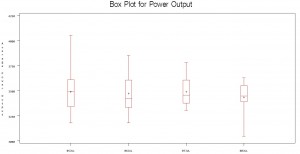Having discussed some amount of mandatory regulatory compliances for banks over the past couple of blogs, let us now focus on the bank’s lines of business. Understanding the different banking products is inevitable for credit risk management and analytics. One has to be well versed with the nature of banking products before they step in to develop model for any of them. Each banking product has its own characteristics and its own set of risk exposure. Hence, understanding these products is the top priority. In this blog we discuss three of the major banking products: Checking Accounts, Savings accounts and Certificate of Deposits.
Checking Accounts: This is a transactional deposit account held at a financial institution that allows for withdrawal and deposits. Money held in a checking account is liquid, and can be easily withdrawn using checks, automated cash machines, and electronic debits among other methods. It allows for numerous withdrawals, unlimited deposits etc. These accounts are known as current accounts in UK. These are often loss leaders for large commercial banks since they become highly commotized. Because money held in checking accounts is so liquid, aggregate balances nationwide are used in the calculation of M1 money supply. Continue reading “Banking Business and Banking Instruments”


